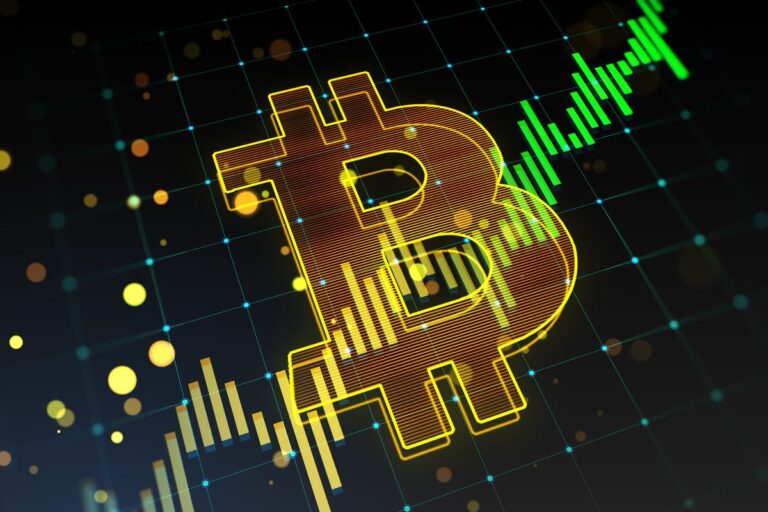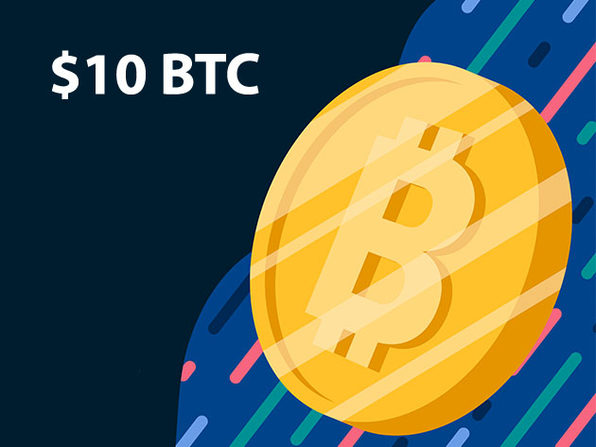In an era defined by rapid technological advancements, Bitcoin stands out as one of the most profound innovations in the financial world. More than just a digital currency, Bitcoin embodies a new paradigm—challenging traditional notions of money, trust, and control. Since its mysterious inception in 2009, Bitcoin has sparked debates, inspired entire industries, and transformed the way people think about value and exchange. To truly appreciate Bitcoin’s significance, it is essential to explore its origins, underlying technology, advantages, challenges, and the profound impact it continues to have on global finance.
The Origins of Bitcoin: A Bold Experiment in Decentralization
Bitcoin was introduced by an anonymous figure or group known as Satoshi Nakamoto through a whitepaper that outlined a revolutionary concept: a decentralized peer-to-peer electronic cash system. The timing was no coincidence—coming on the heels of the 2008 global financial crisis, Bitcoin emerged as a response to growing mistrust in banks and centralized monetary authorities.
At its core, Bitcoin aimed to create a currency free from government control, immune to inflationary pressures, and secured by cryptographic proof rather than institutional trust. This vision was both audacious and disruptive, presenting a radical alternative to the centuries-old financial systems entrenched in traditional power structures.
Decoding Bitcoin: How It Works
Understanding Bitcoin’s technical foundation is key to grasping why it has captivated so many. The architecture rests on several pillars:
-
Blockchain Technology: Bitcoin transactions are recorded on a decentralized ledger called the blockchain. This ledger is publicly accessible, immutable, and maintained by a network of computers worldwide, ensuring transparency and security without relying on a central authority.
-
Proof of Work and Mining: New Bitcoin transactions are verified and added to the blockchain through a process called mining, which involves solving complex mathematical puzzles. This mechanism not only validates transactions but also secures the network against fraud.
-
Limited Supply: Unlike traditional currencies that can be printed at will, Bitcoin’s supply is capped at 21 million coins. This finite supply introduces scarcity, often likened to precious metals such as gold.
-
Peer-to-Peer Network: Bitcoin operates on a distributed network where participants communicate directly, enabling transactions to be conducted without intermediaries like banks.
The Allure of Bitcoin: Why It Matters
Bitcoin’s unique characteristics have made it an attractive proposition for a variety of users, from individual enthusiasts to institutional investors:
-
Decentralization and Autonomy: Users can hold and transfer Bitcoin without relying on third parties. This empowerment of individuals is especially important in regions with unstable currencies or restrictive financial systems.
-
Store of Value: Many view Bitcoin as “digital gold” due to its scarcity and resistance to inflation. Its decentralized nature makes it an appealing hedge against government monetary policy and economic uncertainty.
-
Transparency and Security: The open blockchain ledger provides unparalleled transparency, while cryptographic security protocols safeguard against counterfeiting and unauthorized access.
-
Global Accessibility: Bitcoin transcends borders, allowing instant transfers anywhere in the world with relatively low fees compared to traditional financial networks.
Navigating Bitcoin’s Challenges
Despite its promise, Bitcoin is not without its critics or obstacles:
-
Volatility: Bitcoin’s price fluctuations can be dramatic, posing risks for those seeking a stable currency or store of wealth.
-
Environmental Concerns: Mining requires substantial energy consumption, prompting debates about sustainability and the ecological footprint of Bitcoin’s infrastructure.
-
Scalability Issues: As adoption grows, the Bitcoin network faces challenges in handling a large volume of transactions quickly and cheaply, though solutions like the Lightning Network are being developed to address these concerns.
-
Regulatory Uncertainty: Governments worldwide are grappling with how to regulate Bitcoin, balancing innovation with risks related to fraud, money laundering, and consumer protection.
Bitcoin’s Impact on the Financial Landscape
Bitcoin’s influence extends far beyond the technology itself; it has altered perspectives and practices across the financial ecosystem:
-
Financial Inclusion: Bitcoin provides banking-like services to unbanked populations, enabling greater participation in the global economy.
-
Institutional Adoption: Increasingly, corporations, hedge funds, and even governments are embracing Bitcoin as part of their portfolios, signaling growing legitimacy.
-
Catalyst for Innovation: Bitcoin’s underlying blockchain technology has spurred a wider movement toward decentralized finance (DeFi), smart contracts, and digital assets, potentially transforming various sectors including banking, insurance, and supply chain management.
-
Monetary Sovereignty: Bitcoin has introduced the notion of money controlled by code and consensus rather than central authorities, fostering a new form of economic autonomy.
The Road Ahead: Evolution and Integration
Looking to the future, Bitcoin’s trajectory will be shaped by technological innovation, regulatory clarity, and societal adoption. Continued improvements in scalability and user experience will be crucial to broader acceptance. At the same time, governments and regulators will need to craft balanced frameworks that protect consumers without stifling innovation.
Moreover, Bitcoin’s role may evolve from a speculative asset to a fundamental component of the global financial infrastructure, underpinning everything from international remittances to digital identity verification.
Conclusion: Bitcoin as a Catalyst for Change
Bitcoin is more than just a novel form of currency—it is a symbol of a new financial era marked by decentralization, transparency, and individual empowerment. Its journey from an obscure whitepaper to a global financial powerhouse underscores a profound shift in how humanity conceptualizes and interacts with money.
As we stand at this crossroads, Bitcoin challenges us to rethink trust, value, and control in the digital age. Whether it ultimately achieves mass adoption or serves as a stepping stone toward even more advanced systems, Bitcoin’s legacy is already cemented as a revolutionary force that has redefined the possibilities of money in the 21st century.








